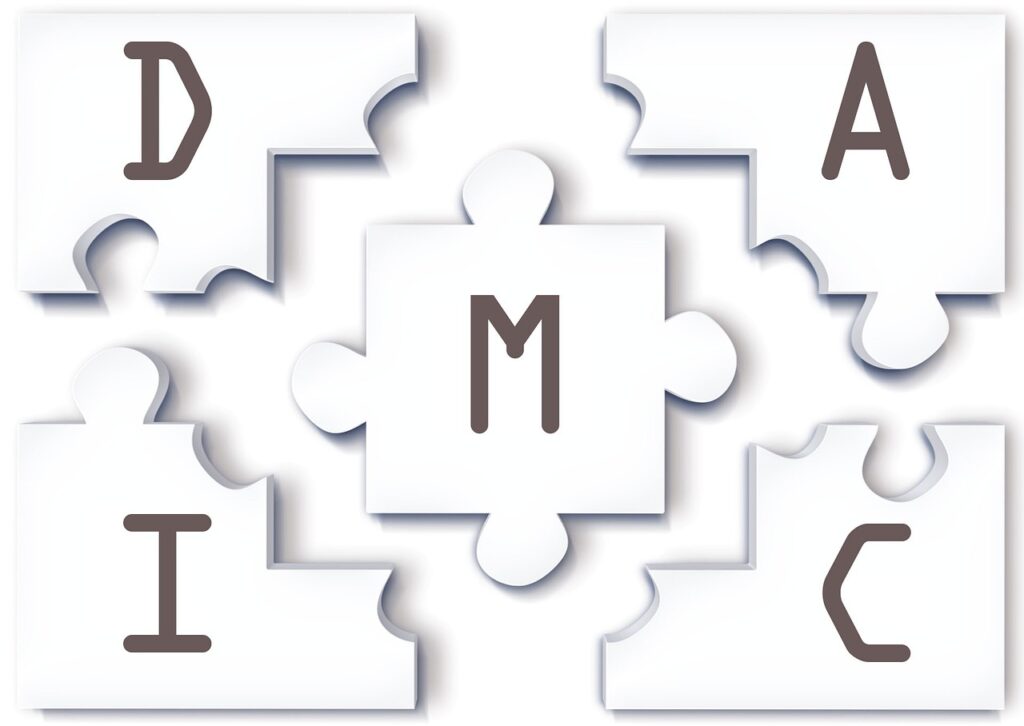Six Sigma and Bell Curve: Quality Management Made Simple
Discover how businesses achieve 99.9999998% accuracy using proven statistical methods. Learn Six Sigma basics with easy-to-understand examples.
Start Learning at DAXifiedWhat is Six Sigma?
Six Sigma is a proven methodology that helps organizations achieve near-perfect quality. Think of it as a roadmap to excellence – whether you’re in healthcare, manufacturing, banking, or any service industry.
Six Sigma in Simple Terms:
Imagine if your internal audit team delivered reports with 99.9999998% accuracy — every finding properly supported, every recommendation actionable, and every report delivered on time. That’s Six Sigma quality in auditing – where material errors become almost non-existent and stakeholders can trust the results completely.
Why Six Sigma Matters
Organizations using Six Sigma report remarkable improvements:
- Cost reduction: 15-25% savings through waste elimination
- Customer satisfaction: 95%+ satisfaction rates
- Error reduction: Up to 99.9% fewer mistakes
- Competitive advantage: Reputation for reliability
Understanding the Bell Curve: The Foundation
Before diving into Six Sigma, you need to understand the “bell curve” – the natural pattern that appears in most business processes.
Real Example: Branch Audit Performance
An audit team targets 5-day completion for branch audits:
- 68% of audits complete in 4-6 days (normal variation)
- 95% of audits complete in 3-7 days (acceptable range)
- 6-Sigma performance means virtually every audit hits the 5-day target with exceptional quality
Sigma Levels: From Good to World-Class
Sigma levels measure how capable your process is at producing defect-free results. Here’s what each level means in practical terms:
| Sigma Level | Success Rate | Defects per Million | Performance | Real-World Impact |
|---|---|---|---|---|
| 2-Sigma | 95% | 45,500 | Poor | 1 in 20 processes fail |
| 3-Sigma | 99.7% | 2,700 | Good | Industry average |
| 4-Sigma | 99.99% | 63 | Very Good | Competitive advantage |
| 6-Sigma | 99.9999998% | 3.4 | World-Class | Market leadership |
Why 99% Isn’t Good Enough
If 99% accuracy was acceptable:
- 20,000 wrong drug prescriptions daily
- 500 incorrect surgeries weekly
- 22,000 wrong bank transactions hourly
Six Sigma changes the game: Those prescription errors would happen only once every 4 years instead of daily!
DMAIC: Your Roadmap to Six Sigma
DMAIC (pronounced “duh-MAY-ick”) is the five-step process that guides you to Six Sigma performance:
The Five Phases
- Define: What specific problem are you solving?
- Measure: How bad is the current performance?
- Analyze: Why is this problem happening?
- Improve: What solutions will fix the root causes?
- Control: How will you maintain the improvements?
DMAIC Example: Reducing Customer Wait Times
- Define: Reduce average wait time from 15 to 5 minutes
- Measure: Current average is 16 minutes, 40% exceed 15 minutes
- Analyze: Bottlenecks in verification process and peak hour staffing
- Improve: Streamline verification, add staff during peaks
- Control: Monitor daily, train new staff on procedures
Six Sigma Success Stories
Fortune 500 Results
- General Electric: $12 billion saved over 5 years
- Motorola: 99.7% defect reduction, $17 billion saved since 1986
- Bank of America: 60% reduction in customer wait times
Special Focus: Internal Audit Excellence
For Internal Audit professionals, Six Sigma delivers transformational improvements:
- Audit reliability: Consistent methodologies producing dependable findings
- Stakeholder confidence: Enhanced credibility through validated conclusions
- Process efficiency: Reduced cycle times while maintaining coverage
- Risk assessment accuracy: Data-driven evaluation replacing guesswork
Contact our Internal Audit experts at k.casatish@daxified.co.in for specialized guidance.
Your Six Sigma Journey Starts Here
Step 1: Choose Your First Project
Pick something with these characteristics:
- Clear problem everyone agrees needs fixing
- Measurable outcomes you can track
- Completable in 2-4 months
- Management support
Step 2: Start Small
- Begin with basic data collection and charts
- Apply DMAIC systematically
- Celebrate quick wins to build momentum
- Document lessons learned
Key Takeaways
- Six Sigma = 99.9999998% accuracy in any process
- Bell curve shows natural variation in all processes
- DMAIC provides systematic approach to improvement
- Start small but think systematically
- Quality excellence drives competitive advantage
Ready to transform your processes? The journey to Six Sigma excellence begins with understanding that every process can be improved through systematic thinking and disciplined problem-solving.
Keep learning – Join Our Community
Get practical tools, examples, and templates to apply Six Sigma in your role!
🌐 Explore More Resources 🎥 Subscribe on youtube 📱 Join Learning Group
At DAXified, we believe in learning together and growing together.

